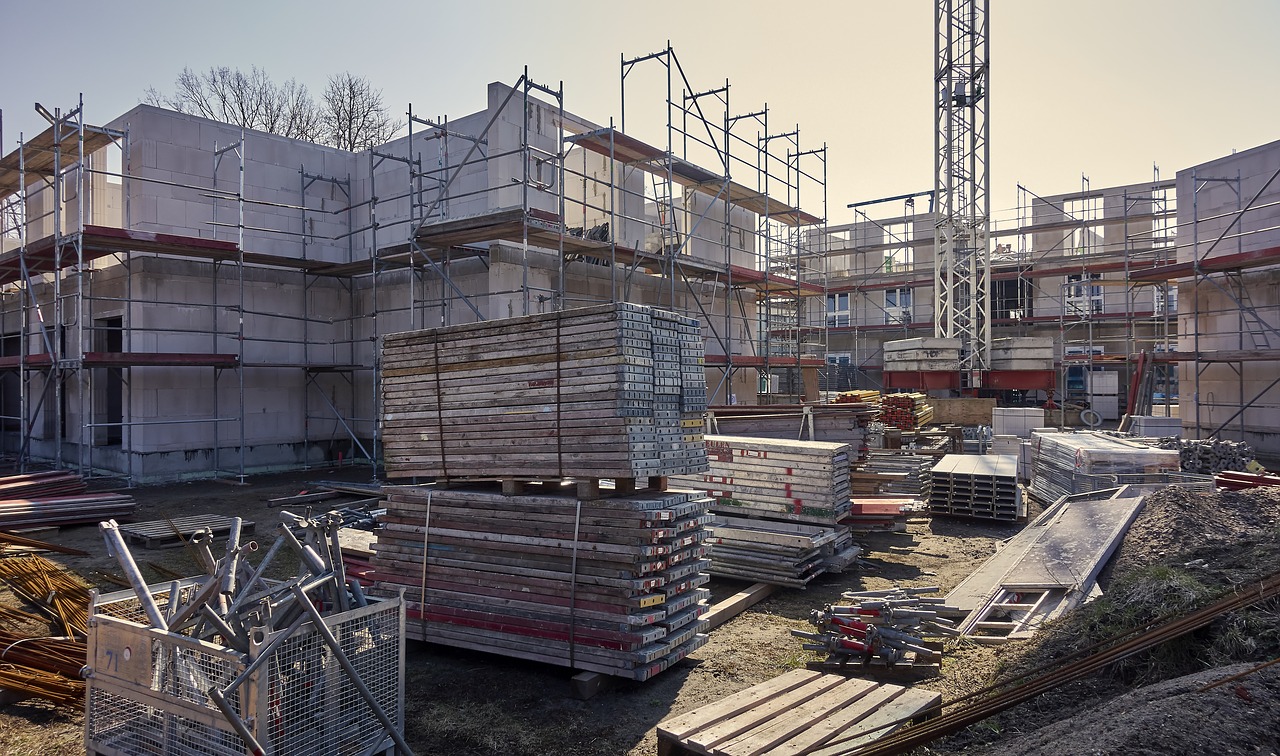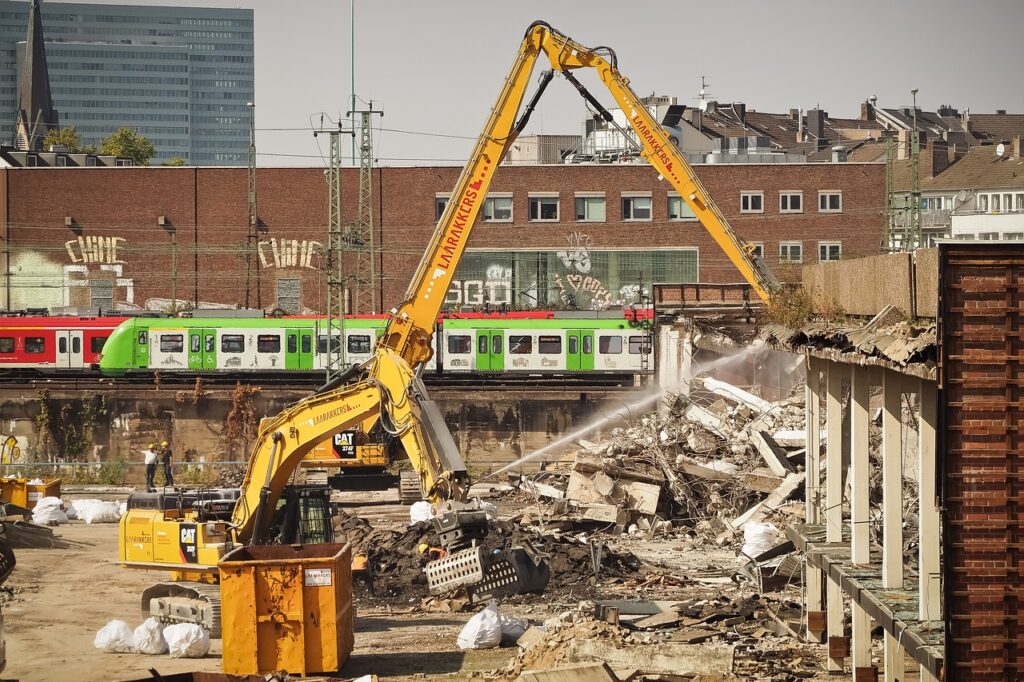When you run a construction business, you understand how even the smallest hiccups in planning, team management, and execution can result in major setbacks on a project. Finding ways to see challenges before they arise is a crucial part of leading a construction company; a responsibility that can take up most of your time. Unless, of course, you use technology to your advantage.
What makes today’s digital tools so effective is that they are based on a deep understanding of how construction teams operate, and which aspects of the business can be improved.
These technologies are powerful enough to influence the vital factors in construction, from the flow of the project phases to even the daily routines of the crewmembers themselves. It is because of this fact that teams are transitioning to incorporating modern technology into their work processes.
Being able to correctly identify shortcomings and solutions make emerging software more effective than traditional methods. Let’s go over some of the main productivity challenges that the construction industry is facing, and how automation through technology can help.
More accurate planning with virtual reality
While planning doesn’t require as much physical labor as the execution phase, it is when the most careful observations and most delicate calculations are made. All relevant project data must be gathered and recorded so that teams are making the most informed decisions when it comes time to execute.
With so many moving parts, using technology from the very beginning of a project can make a huge difference in not only time spent, but the outcomes. Let’s explore how technology can help construction planning.
A deeper understanding of the site
An in-depth analysis of the project site is vital to creating a feasible plan. However, most of this process consists of making calculations that can be complicated, and estimations aren’t always 100% reliable. Even when these calculations are done correctly, structural defects are still possible. And there is no way of knowing about them until they are encountered during the actual construction phase itself.
Read here: McKinsey & Company – Pushing the construction technology ecosystem to new limits
With virtual reality, it’s possible to see what the finished project is going to look like, which can provide useful insights much sooner and save time later on. By providing construction professionals a 100% exact virtual replica of the project output, they can scan the entire site for possible design or structural flaws, lessening the chances of reworks.
Clearer conversations with clients
Explaining the end-product of a project to clients can be a hassle, often because the project is simply too complex to explain to the clients using only words. Virtual reality allows the client to see the finished building as if they were inside it, so they can make close observations and comments early in the project, reducing the chances of sudden changes and setbacks in the future.
Smoother project management with real-time collaboration apps
Construction project management requires constant collaboration between all team members, otherwise, the project will fail. After all, the lack of communication is one of the common reasons for project death in any industry.
Luckily, there is software that allows everyone in the team to send and receive updates on their progress in real-time, including project management and business information modeling that we’ll cover in the following sections.
Keep track of everything with project management software
People working in construction are busy most of the day, making it difficult to schedule meetings and provide updates on progress. With project management apps, communicating with everyone on-site and checking project information and progress updates has never been easier.
Project management software tools are able to provide detailed reports and insights and allow integration with other software and services. Essentially, they ensure that the project is going as planned and that there is transparency among all team members.
Understand the project better with business information modeling
One of the big factors that lengthens the project schedule is the sheer amount of project data to handle. Business information modeling software gathers all these bits of information to come up with not just a visual, but also a functional 3D representation of the projected output.
BIM apps can provide essential and precise project information which can be used to create more realistic timelines and determine the exact amount of resources needed. Being able to see any changes in the project lets the team adapt faster.
Easier day-to-day team management
Project managers and team leaders face the tedious task of staying on top of daily operations. The job responsibilities differ from one crewmember to another as well, so keeping track of each person’s progress is all the more difficult.

To simply day-to-day tasks, construction teams can use time tracking with GPS and simple payment processes. We’ll discuss both in the next section.
Track your team’s progress and location accurately
Time tracking for construction workers helps overcome the struggle of being unable to closely monitor efficiency and progress at different jobs sites. The best time management apps come with a GPS tracking feature, which is perfect for crewmembers who are constantly moving from site to site throughout the week.
The result of these functionalities is accurate timesheets that tell the management how well the team members work on a daily basis, without the hassle of manual time cards or a physical clock in location.
Fast and simple payment processes
Finding ways to easily pay team members can be a challenge, as well. However, this is much less of a problem now that there are productivity apps that come with automated payroll features.
Find also: 10 questions to ask a general contractor
Bill rates and pay rates can be set, allowing managers to track how much their team has worked, and the amount to be paid to the team members. Contractors can now work with the assurance that they will be fairly compensated for their services, instead of worrying about the possibilities of under or non-payment. Managers and owners can save time on payroll by automating the process and can take their minds off worries about the accuracy of the time cards.
Augment the workflow with artificial intelligence
The complexity of managing a construction project is sometimes too overwhelming for teams to handle easily. Artificial intelligence can provide excellent support and is capable of processing mountains of project data quickly, especially when it comes to decision-making and admin work.
Decision-making with relevant information
Artificial intelligence has the ability to gather data about a proposed construction site. It processes data and transforms it into blueprints and construction plans which, when combined with BIM software, makes decision-making drastically easier.
Adaptive administrative capabilities
When fed with all the essential project data, artificial intelligence software is able to perform a multitude of tasks, one of which is ensuring that the flow of work isn’t disrupted. What this means is that when some team members are unable to come to work, AI can reassign the respective responsibilities to other people.
Eliminate inefficiency with construction technology
The digital tools and automation software we have today are impressive enough on their own. When used together and implemented into the way construction businesses operate, they can help in reaching new heights of productivity and unlocking higher levels of efficiency.
These technologies are still under constant development despite already having remarkable functionalities. It’s only a matter of time before new and even better tools and apps are created, which can only mean great things for construction and other industries alike.
About the author: Dave Nevogt from Hubstaff




